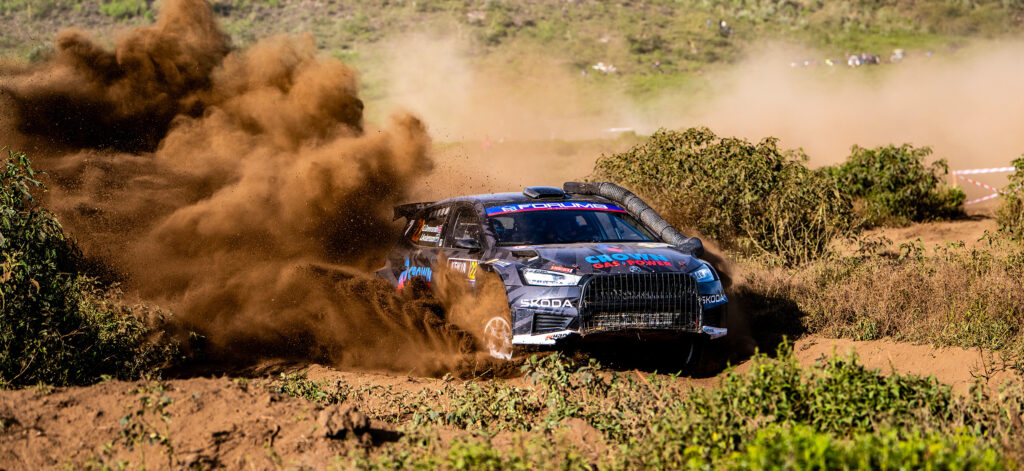Round 3 of the World Rally Championship is upon us, and the contrast with Round 2 in Sweden couldn’t be more stark. Gone are the ice covered roads. It will be replaced with gravel, dust, and the blistering heat, as the WRC heads to Mexico.
The Rally Guanajuato México, which runs from the 3rd – 6th March, takes place in close to the country’s fifth largest city, León. The rally begins with on Thursday evening with the picturesque Guanajuato street stage. The start takes place in a UNESCO World Heritage site, and the opening stage runs the cars through former mining tunnels.
Friday’s stages see drivers undertaking two gravel tests in the Guanajuato area, both of which are repeated later in the day, before on Saturday and Sunday they take to the roads closer to the León once more, with the Saturday night street stage in León taking place in darkness.
On Sunday, at 80km in length, SS 20 Guanajuato is the longest single stage on the WRC calendar, and is followed by a new test, Parque Metropolitano, which takes place on the northern edge of the León.
The dramatic change in conditions makes for some big changes for both the drivers and their teams. The cars will have to run on gravel suspensions, and cars will only be using hard tyres, but there are other issues they have to manage. The high temperatures of around 30 °C test the engines and transmissions and both drivers and engineers have to account for this throughout.
Altitude also becomes a big issue at some points during the event with the route reaching a height of 2,737m at one point, the highest point cars will reach at any point during the 2016 championship. This causes engines to lose up to 20 % of their power because of the lack of oxygen, and this decrease in performance means any mistakes from the drivers will punished more, as engines take longer to get back to top speed.
Then there are the dry conditions on the road which can see major pot holing as the event goes on which can cause significant damage to wheels, suspensions, and plenty of other things too.
Having not driven in these conditions since the Rally Australia back in September, drivers and co-drivers will have precious little time to adapt their styles accordingly and will have to remain completely focused from start to finish, if they hope to achieve a positive result.
Meanwhile back in the service areas, teams will have plenty of work to optimize the settings of the car for the new conditions, and they will be closely monitoring and tweaking vehicles throughout to try and get the very best out of them.
The Rally Guanajuato Mexico promises to be a very different event from the one we saw in Sweden, but certainly no less of a spectacle. And being the first of six consecutive gravel rallies, it promises to give a good indication of which teams and drivers are really likely to be challenging for the titles this year.





